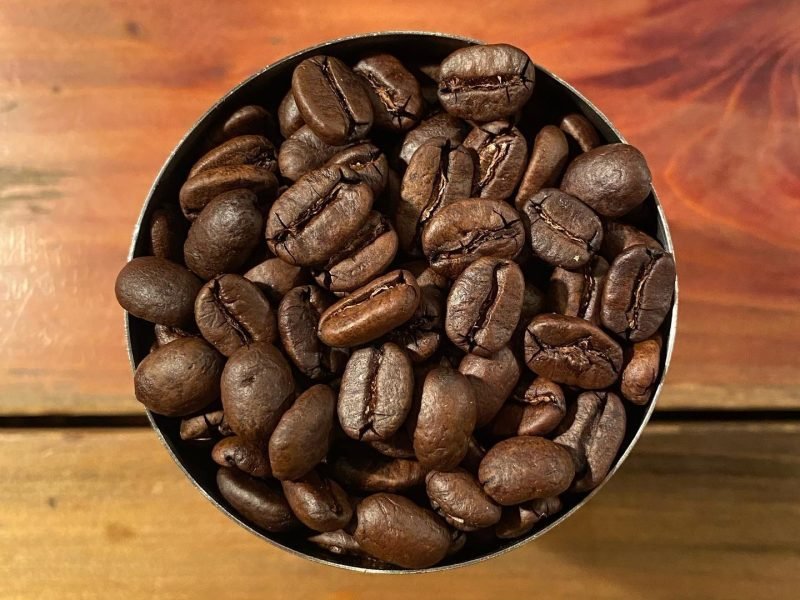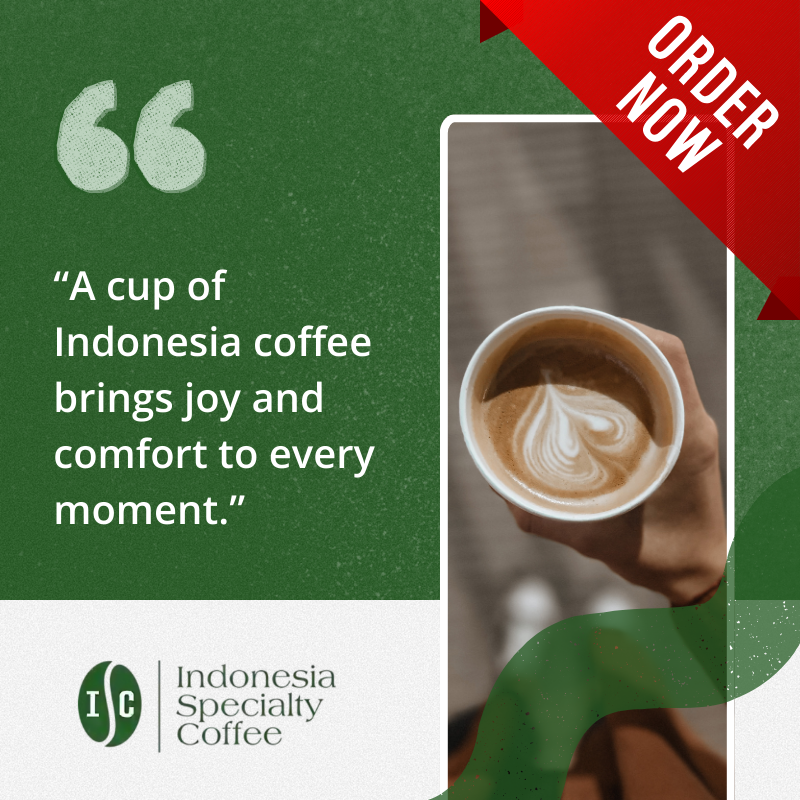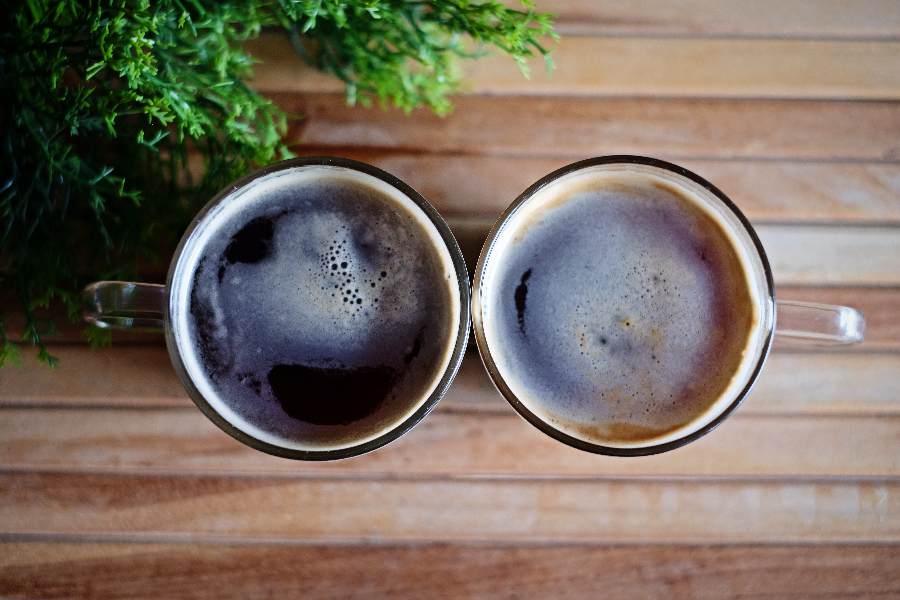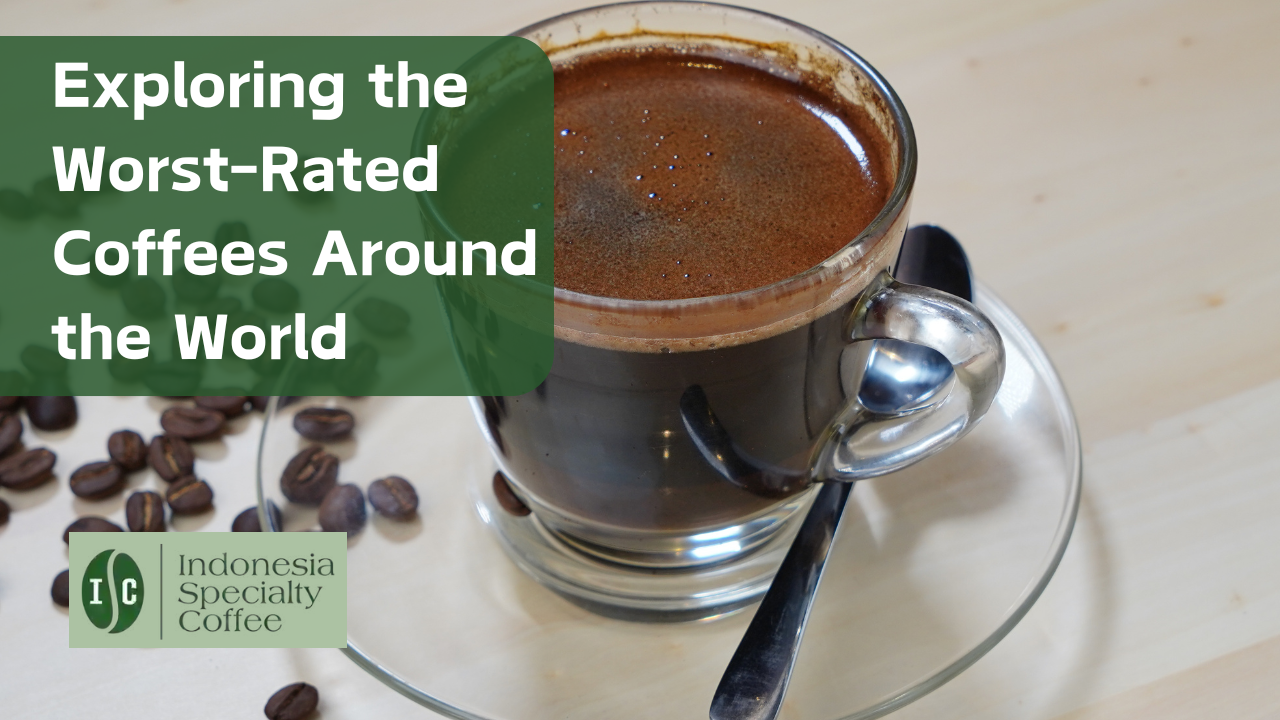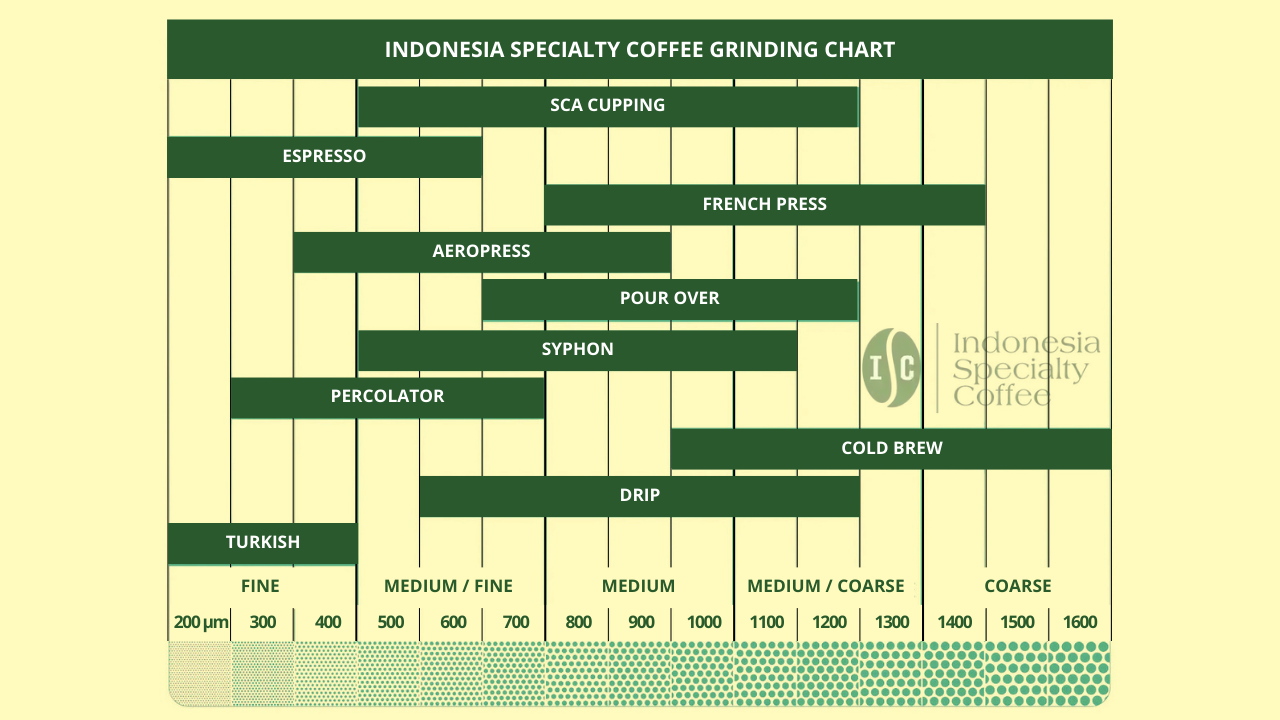Mandheling Coffee – Regarding the coffee industry and production, we must mention Indonesia. Coffee originating from Indonesia already has its own market and name in the world coffee industry. One of the famous coffee producers is the island of Sumatra.
Lots of coffee plantations on the island of Sumatra indicate that coffee originating from this area has been distributed both domestically and abroad. Several varieties of coffee from Indonesia, such as S795, Andungsari, USDA 762, Kartika, Tim-Tim, and Sumatra Mandheling, are famous worldwide. Then what makes this Sumatra coffee to be exceptional?
Sumatran Coffee Varieties
Some of the most well-known and popular coffees of Sumatra origins include Gayo of Aceh, Lintong of Bukit Barisan mountains, Sidikalang, Tanah Karo, Minang Solok of West Sumatra, Lampung of southern Sumatra, Mandheling, and many more.
In this post, we will be focusing on dissecting further information about the famous Sumatra coffee named Kopi Mandailing or Mandheling Coffee. Let’s dig in!
What Sets Sumatra Coffee Apart
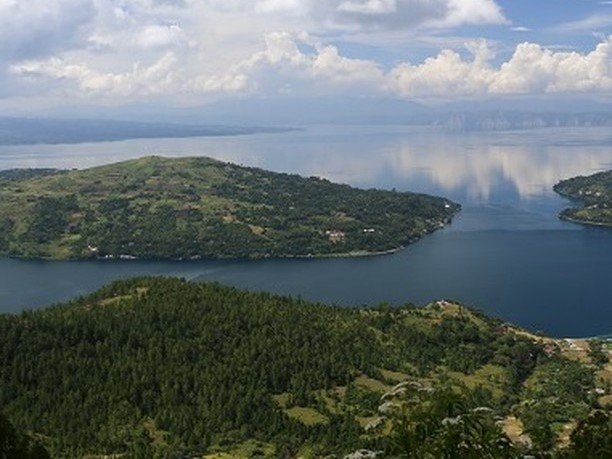
Mandheling Coffee is an arabica coffee originating from the Mandailing area near Bukit Barisan Mountains, North Sumatra. This coffee has a good consistency, medium acidity, and floral flavor with a sweet finish. Mandheling coffee is named after the Mandailing people that traditionally farmed and processed the coffee beans in the Tapanuli region. Its popularity eventually reached the global market, and the name sparked many inquiries among merchants about purchasing Mandheling coffee from Sumatra.
Historical Background of Mandheling Coffee
Historically, Mandheling coffee plantations originated from the Forced Cultivation System launched by the Dutch East Indies government. In 1835, the Dutch brought coffee seeds from Java and tried to cultivate them on Sumatran soil. By the Dutch East Indies government, the coffee was then spread to several areas in North Sumatra.
Initially, a nursery was held in Tano Bato, a village in Panyabungan Selatan District. Afterward, the seeds were distributed to several areas, from Pakantan to Angkola, South Tapanuli. But there are also a lot of sources that mention that Mandheling coffee started to be popular in the early 19th century.
Processing Mandheling Coffee
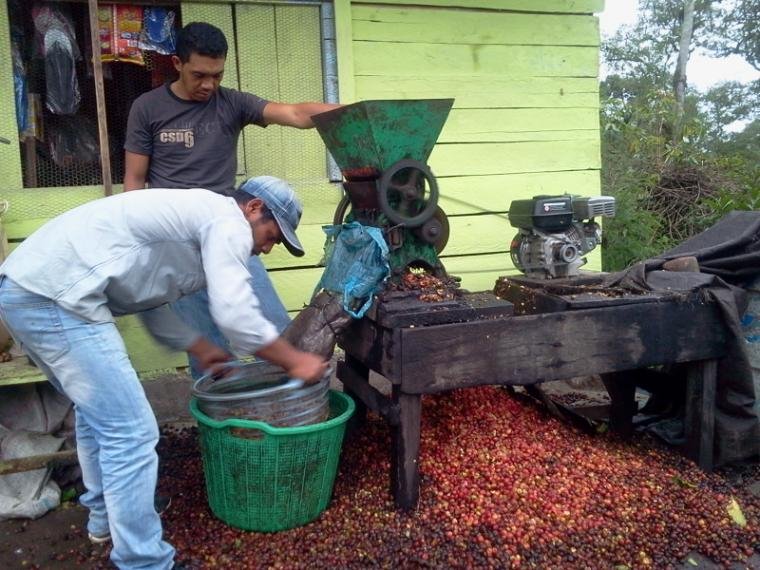
Most coffee processing uses the Wet Hulled or Giling Basah method. The details are as follows:
- Coffee Harvesting: This process is done manually, where Mandheling farmers pick the red coffee cherries or the so-called coffee cherries that are fully ripe.
- Sorting coffee: Next, the harvested coffee beans will be put into a container filled with water. If the coffee beans float, the coffee is defective. However, if the coffee beans sink, the coffee is not defective and will be separated from the floating coffee beans.
- Peeling coffee: After going through the sorting process, the coffee cherries will go to the next step: strip the skin and flesh of the coffee beans using a pulper machine or peeler.
- Fermentation: Next, the coffee beans are put into a container filled with water. The goal is that the mucus still attached to the coffee skin (parchment) can be released quickly. Usually, it takes about 24-36 hours.
- Drying: In the following process, coffee beans will be dried in the sun or with modern tools depending on the farmer. This process aims to reduce the moisture content in coffee beans by about 10-12%.
- Storage: The coffee beans will be stored in the storage area before being put into the huller to remove the horn skin.
- Peeling the horns or shells: Peeling the skin of the horns when the coffee beans are still slightly wet can be done using a specially designed huller machine.
The Unique Characteristics of Mandheling Coffee
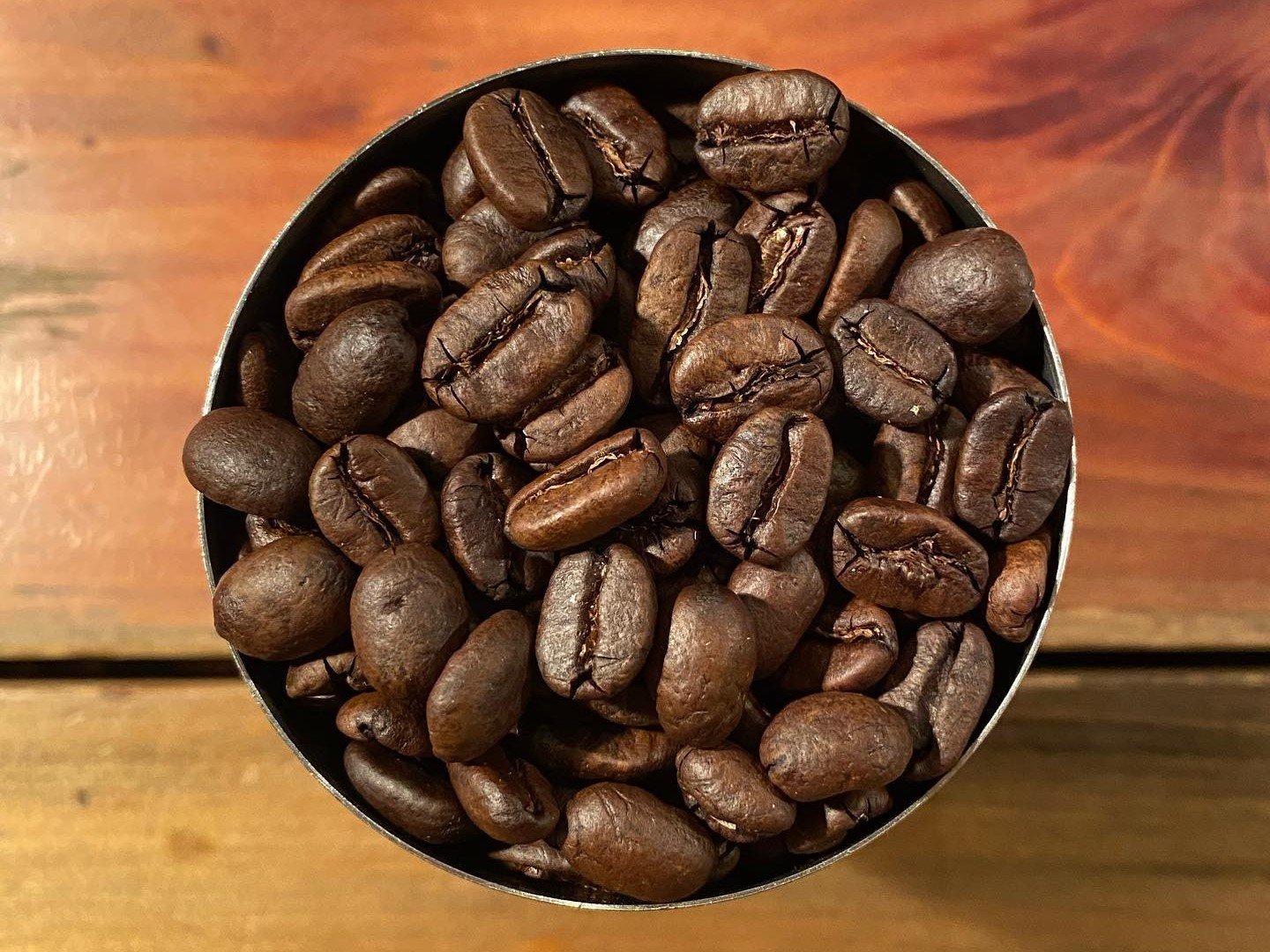
Mandheling Coffee is famous for its excellent coffee quality. Why is that? Mandheling coffee is grown in the Bukit Barisan mountains with volcanic soil and at an altitude of 1500 masl or more.
Do you know? America is the export destination country that most routinely purchases Mandailing Coffee, and starbucks is one of the famous company that use this Sumatra Mandheling Green Coffee Beans for their products.
Tasting Notes of Sumatran Mandheling Coffee
Sumatran Mandheling coffee offer a captivating and delightful taste profile that is sure to enchant any coffee enthusiast. Upon brewing, the aroma of these beans fills the air with a pleasant and inviting nutty scent, setting the stage for the rich flavors that await in each cup.
As you take your first sip, you’ll be greeted with a symphony of flavors that dance on your taste buds. Herbal notes create a delightful earthiness, while spicy undertones add an exciting and exotic twist to the overall experience. To balance the ensemble, a subtle hint of mild caramel emerges, infusing the coffee with a comforting sweetness that lingers gently on the palate.
The acidity level of Sumatran Mandheling coffee is medium, complementing the other flavor elements and enhancing the overall complexity of the coffee without overpowering its distinct herbal and spicy notes.
In terms of body, these beans strike a harmonious balance between medium and high. The coffee exhibits a smooth and satisfying body that coats the mouth with richness, creating a full-bodied coffee experience that is both indulgent and enjoyable.
Taste Profile of Mandheling Coffee
Mandailing Coffee, being a type of Arabica coffee, has a distinctive sour taste and aroma. However, compared to other types of Sumatran Arabica coffee, the acidity level of Mandailing Coffee tends to be lower.
This Mandheling Arabica coffee has a distinctive and delicious taste, with low sourness and a thick, sweet consistency. The balanced blend of sweet and sour flavors makes this coffee a favorite among coffee lovers. The taste of Mandheling Coffee is characterized by its full body, medium acidity, earthy notes of chocolate, and nuttiness.
Aroma and Distinctiveness of Mandheling Coffee
Mandailing Arabica Coffee boasts a unique and distinctive aroma, a blend of flowers, fruits, and natural herbs. The coffee’s production process involves the traditional Sumatran method called Giling Basah or Wet Hulled. This process, used by Indonesian farmers, gives the coffee a very inherent taste with a distinctive aroma adorned with herbal nuances and a spicy flavor.
The Giling Basah method involves grinding parchment from beans with a moisture content of about 50%, which is significantly higher compared to most other coffee hulling processes (around 10-12% humidity). This unique process from Sumatra contributes to the coffee’s trademark signature flavor profile, characterized by low acidity and richness that lingers on the palate. The coffee beans also have a green tint due to this method.
Cupping Score for Sumatran Mandheling Coffee (Grade 1)
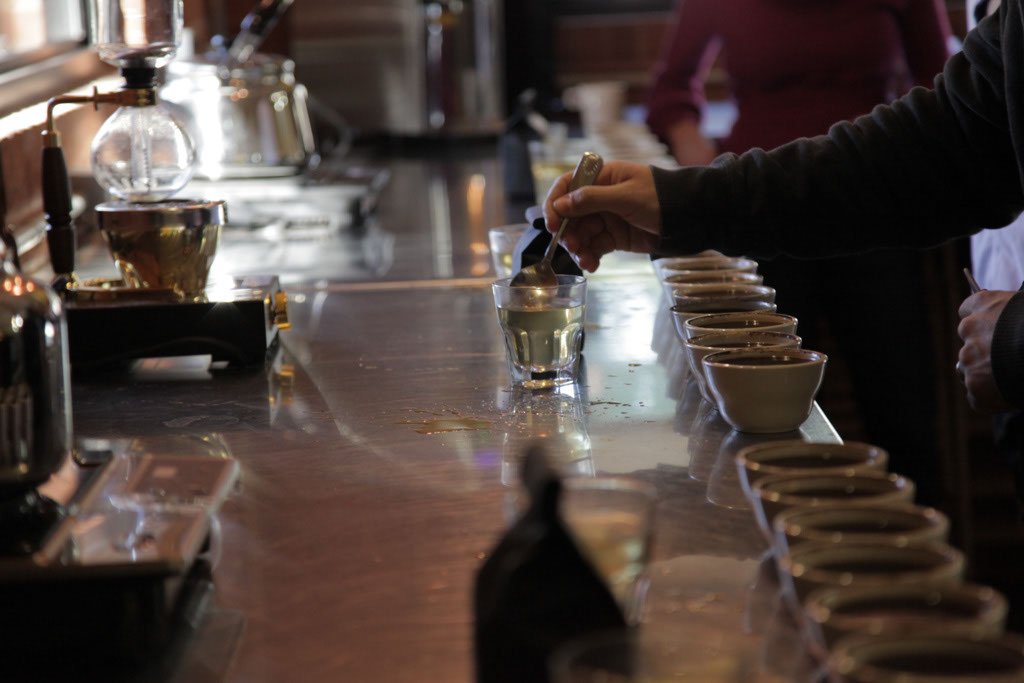
The cupping score for this Grade 1 coffee variant of Sumatran Mandheling coffee ranges between 83 to 84, further adding to its allure and appeal. A cupping score is a standardized evaluation method used by coffee professionals to assess the quality and characteristics of coffee beans. With an impressive score in the range of 83 to 84, these coffee beans exemplify exceptional quality and taste.
The cupping process involves carefully tasting and scoring various aspects of the coffee, such as aroma, flavor, acidity, body, and aftertaste. A score in the 83 to 84 range indicates that these Sumatran Mandheling coffee have received high marks for their captivating fragrance, delightful taste profile, balanced acidity, and medium to high body, which all contribute to a remarkable coffee experience.
Coffee enthusiasts and professionals alike can be assured that this Grade 1 coffee variant of Sumatran Mandheling green coffee beans has undergone stringent evaluation and has earned its well-deserved reputation as a true gem in the world of coffee. With its enchanting tasting notes and a commendable cupping score, this coffee promises a truly extraordinary journey through the flavors of this renowned Indonesian coffee variety.

